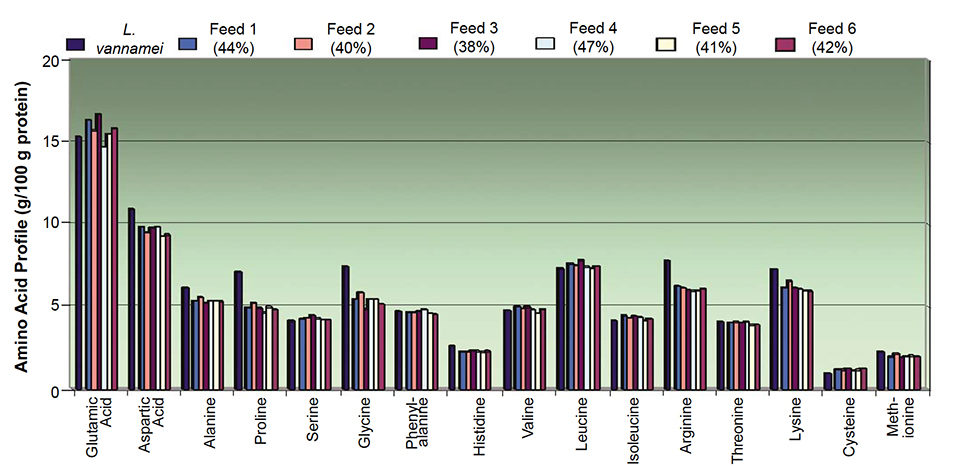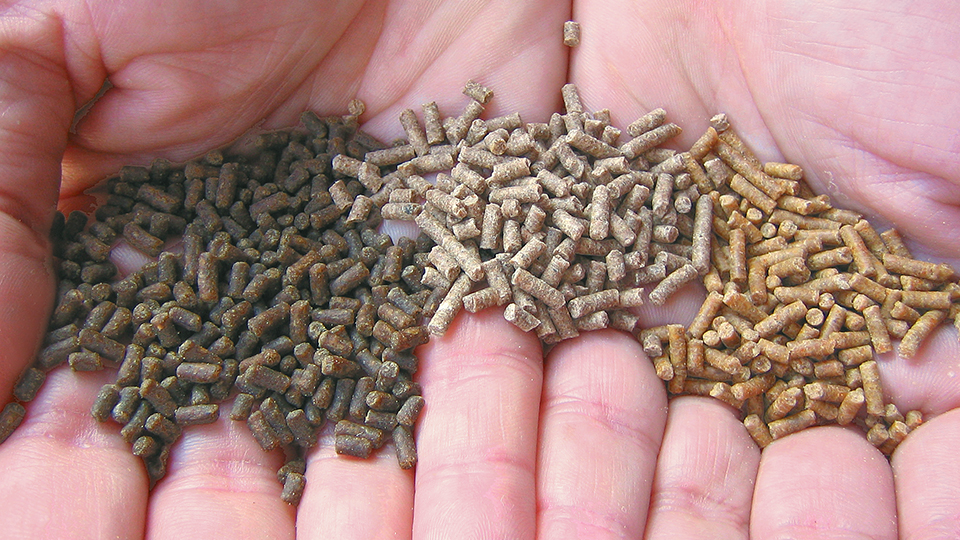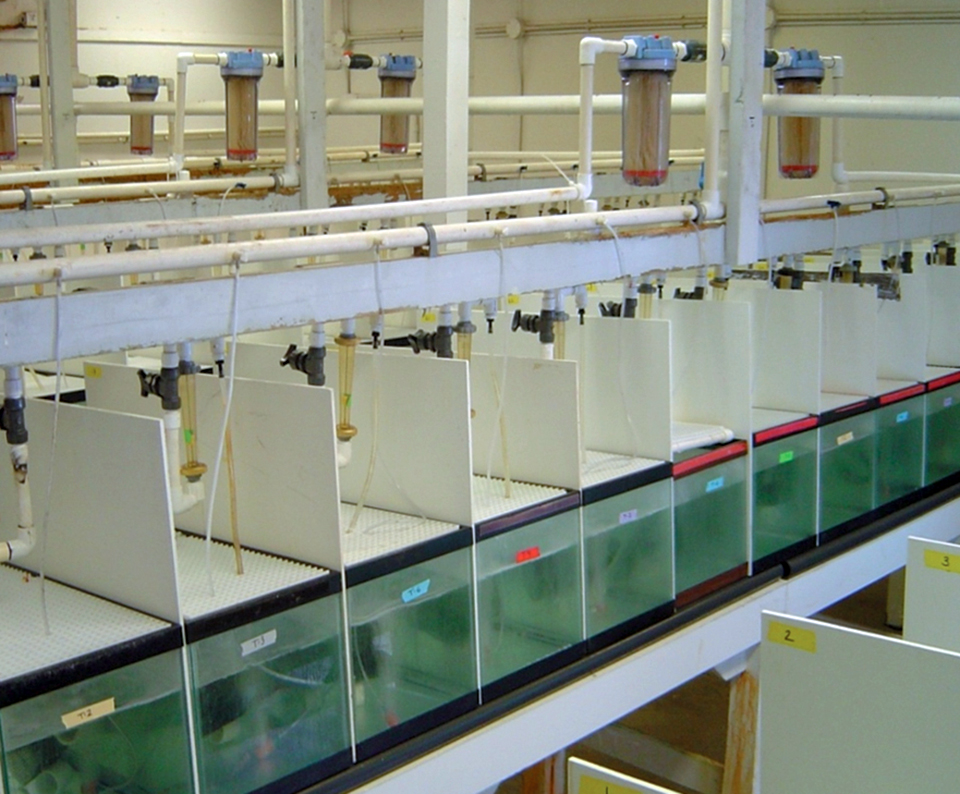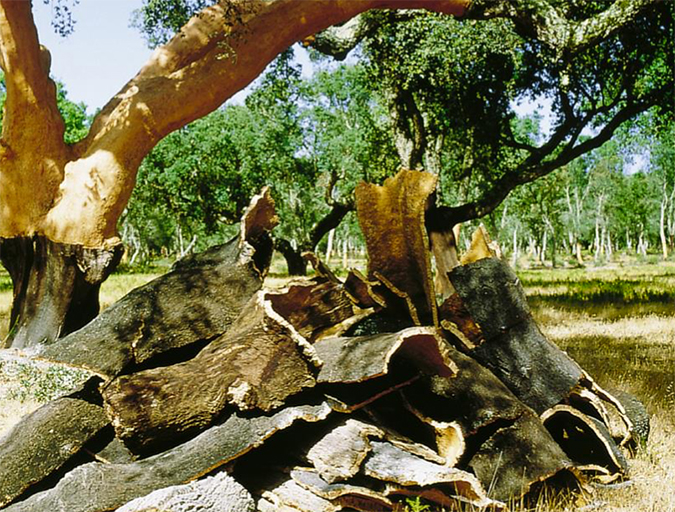Study evaluates performance of commercial feeds available in Mexico
Due to leaching, the amino acid profile of a balanced aquafeed can change before ingestion. The loss of amino acids depends on the solubility and binding properties of the ingredients, the pellet-manufacturing process, and the rate at which the feeds are consumed. The consequences of amino acid leaching on yield can be substantial, as the content of essential amino acids can limit protein deposition.
The authors recently conducted a study at the Mariculture Program of the Universidad Autónoma de Nuevo León in Mexico with the help of Degussa to determine the amino acids content of several commercial shrimp feeds used in Mexico. In addition, they determined the effects of leaching for six of the feeds.
Feed study
The feed samples were collected from shrimp farms in the state of Sinaloa between January and August of 2004. The feeds were analyzed for dry matter, protein and amino acids. The samples were leached for one hour by immersion in sea water at 28 degrees-C and analyzed again. Freeze-dried Pacific white shrimp were also analyzed to use the results as a model for actual amino acid requirements.
Results
The feeds displayed very similar amino acid profiles, with higher amino acid content corresponding to higher dietary protein levels. After leaching, several essential amino acid contents in feeds, particularly for arginine, lysine and methionine, were lower compared to the shrimp amino acid profile (Fig. 1). Those deficiencies are important in shrimp nutrition.

The percentage of amino acids lost to leaching varied among feeds. Methionine and lysine displayed the highest losses, with mean values of 13.8 and 13.0 percent respectively (Table 1). The mean loss for other amino acids was 8.0 percent, including 7.1 percent for threonine, 9.8 percent for arginine, 5.3 percent for isoleucine, 4.9 percent for valine, 12.3 percent for histidine, and 5.0 percent for phenylalanine.
Cruz-Sanchez, Nutrient losses from commercial feeds, Table 1
| Dry Matter Loss (%) | Crude Protein Loss (%) | Methionine Loss (%) | Lysine Loss (%) | Loss of Other Amino Acids (%) Mean | Loss of Other Amino Acids (%) Minimum-Maximum |
|
|---|---|---|---|---|---|---|
| Feed 6 | 12.6 | 13.2 | 16.2 | 16.5 | 10.3 | 7.5-13.6 |
| Feed 5 | 9.6 | 5.8 | 6.5 | 10.2 | 5.7 | 1.4-7.7 |
| Feed 4 | 10.1 | 9.1 | 14.9 | 13.6 | 7.9 | 3.7-12.8 |
| Feed 3 | 8.5 | 8.2 | 13.1 | 12.2 | 7.4 | 3.0-14.8 |
| Feed 2 | 4.8 | 11.5 | 15.4 | 11.9 | 9.4 | 2.6-17.4 |
| Feed 1 | 8.9 | 12.4 | 17.0 | 13.6 | 7.0 | 4.1-12.8 |
| Mean value | 9.1 | 10.0 | 13.8 | 13.0 | 8.0 |
Nutritionists should consider leaching losses as well as the digestibility of essential amino acids when setting the dietary amino acid content of shrimp feed. In this study, lower-than-expected dietary levels for methionine and lysine may have been related to the use of soluble supplements. In this context, the use of insoluble amino acids could be beneficial.
Although the arginine was as stable as the other amino acids, its content was low in the leached diet because it was low in the original feed – a common feature of those formulations recommended by Akiyama, Dominy, and Lawrence in 1991. Their suggestions on arginine are not necessarily incorrect, but do not reflect the shrimp body amino acid profile which the authors suggest is an ideal reference for setting recommendations on arginine and other required dietary compounds.
(Editor’s Note: This article was originally published in the August 2005 print edition of the Global Aquaculture Advocate.)
Now that you've reached the end of the article ...
… please consider supporting GSA’s mission to advance responsible seafood practices through education, advocacy and third-party assurances. The Advocate aims to document the evolution of responsible seafood practices and share the expansive knowledge of our vast network of contributors.
By becoming a Global Seafood Alliance member, you’re ensuring that all of the pre-competitive work we do through member benefits, resources and events can continue. Individual membership costs just $50 a year.
Not a GSA member? Join us.
Authors
-
L. Elizabeth Cruz-Suárez, Ph.D.
Programa Maricultura
Universidad Autónoma de Nuevo León
Cd. Universitaria A.P. F-56
San Nicolás de los Garza, NL 66450 México[120,109,46,108,110,97,117,46,98,99,102,64,122,117,114,99,117,108]
-
Perla P. Ruiz-Diaz
Programa Maricultura
Universidad Autónoma de Nuevo León
Cd. Universitaria A.P. F-56
San Nicolás de los Garza, NL 66450 México -
Claudio Guajardo-Barbosa
Programa Maricultura
Universidad Autónoma de Nuevo León
Cd. Universitaria A.P. F-56
San Nicolás de los Garza, NL 66450 México -
David Villarreal-Cavazos
Programa Maricultura
Universidad Autónoma de Nuevo León
Cd. Universitaria A.P. F-56
San Nicolás de los Garza, NL 66450 México -
Martha Nieto-López, Ph.D.
Programa Maricultura
Universidad Autónoma de Nuevo León
Cd. Universitaria A.P. F-56
San Nicolás de los Garza, NL 66450 México -
Denis Ricque-Marie, Ph.D.
Programa Maricultura
Universidad Autónoma de Nuevo León
Cd. Universitaria A.P. F-56
San Nicolás de los Garza, NL 66450 México -
Laura Locatelli
Degussa Corp.
Kennesaw, Georgia, USA -
Andreas Lemme, Ph.D.
Degussa A.G.
Hanau, Germany
Tagged With
Related Posts

Aquafeeds
Analyzing the hydrostability of shrimp feeds
The physical integrity and nutrient leaching of shrimp aquafeeds are important aspects in their quality control. The water stability of shrimp aquafeeds is often evaluated in various subjective manners. This analytical procedure provides a baseline for the aquafeed manufacturer to assess product quality.

Aquafeeds
Extruded shrimp feeds reemerge
The process for making extruded shrimp feeds has flexibility to produce diets with a wide range of fat levels, densities, shapes and sizes.

Aquafeeds
Methionine supplement form affects feed leaching, but not shrimp growth
A study compared the effects of two forms of methionine supplemented at different levels in feeds for Pacific white shrimp. Test diets containing methionine bound in soy protein had less leaching of methionine than the diets containing crystalline methionine.

Responsibility
For the future, a feed that makes fish feces float?
German researcher believes that floating fish feces would help recirculating aquaculture systems more efficiently remove suspended solids.


